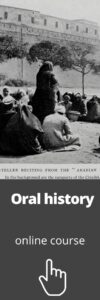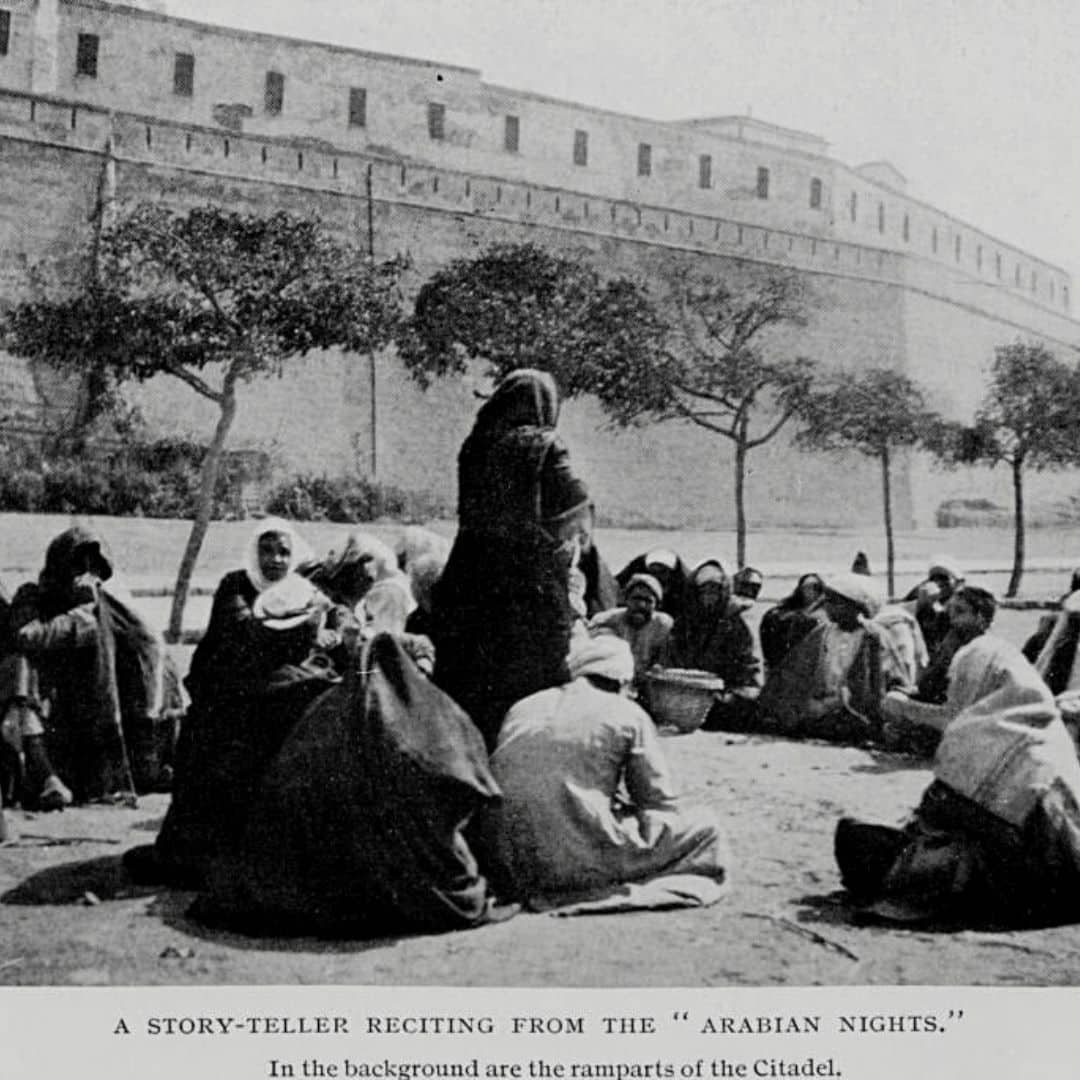In this article we will systematize the guidelines for an oral history project .
Based in the online course Oral history - the interview and the project
As in any other area of study, an oral history project begins with an idea.
Those more accustomed to the practice of Oral History, certainly will have less difficulty in organising themselves.
To know what is oral history.
Here we define some guidelines by which everyone can follow during the preparation of an oral history project .
the 5 stages of an oral history project
1 – Choosing a an oral history project
To organise our ideas, before getting to work, we can start by asking ourselves:
- Which is the desired objective with this project?
- How does my project contribute to the understanding, management and conservation of Cultural Heritage (within an institution or not)?
- How does my project contribute to the perception and knowledge of Cultural Heritage by the general public?

- What research should I prepare beforehand? Where can I look for information?
- Who will I interview? Why? How? Where?
- Will the interviewees I propose to involve in my project benefit of it? At what level?
- Is the oral history project well supported in terms of human resources, appropriate equipment, time, as well as financially? :
Do I know with whom and with which equipment I will work?
Do I have an idea of an expected duration for the project?
Do I need funds? Where can I get them?
- How will I promote my project?
- What will I do with the collected material (recordings, videos and associated documentation) once the project has ended?
- How will I archive the material? Also: where and under what copyright protection?
This series of questions can be used at the beginning of the project, as well as throughout its various moments, to ensure that we are keeping on track.
Moreover, we can apply them to different types of works within the scope of Oral History, from more or less basic school projects to the collection of information for professional historical research purposes.
Get to know the Oral History Society.




